The post Transform Your Site: Top RWD Strategies for 2024 appeared first on Annexbyte.
]]>Understanding The Core
At its core, responsive design ensures that the experience remains similar regardless of whether you’re browsing a website on your PC at work, skimming it on your phone at a café, or researching it on your tablet from home. It is critical to ensure that the lettering is readable without squinting, that navigation is simple and does not require squeezing the screen, and that the content is engaging regardless of device.
Key elements of responsive design include:
- Fluid Grids: Visualise a webpage as an arrangement of boxes inside other boxes. These boxes can adjust proportionally to fit any screen size, be it a giant desktop monitor or a tiny smartphone, thanks to fluid grids.
- Flexible Images: Videos and images resize and enlarge according to the device, just like text does. This ensures that images are always readable and improves the user experience without making the page load slowly due to overly large file sizes.
- Media Queries: The website uses these clever code snippets to determine the size of the device’s screen. Following that, the website will automatically deploy the optimal layout to provide the greatest possible user experience.
Why It Matters
- Accessibility: A responsive design makes sure that your website is easily navigable and accessible to all users, irrespective of the device they use.
- SEO Boost: Search engines favour mobile-friendly websites. A responsive design improves your site’s ranking, making it easier for users to find you.
- Enhanced User Satisfaction: When a website is easy to navigate and looks great on any device, users are more likely to stay longer and engage more deeply.
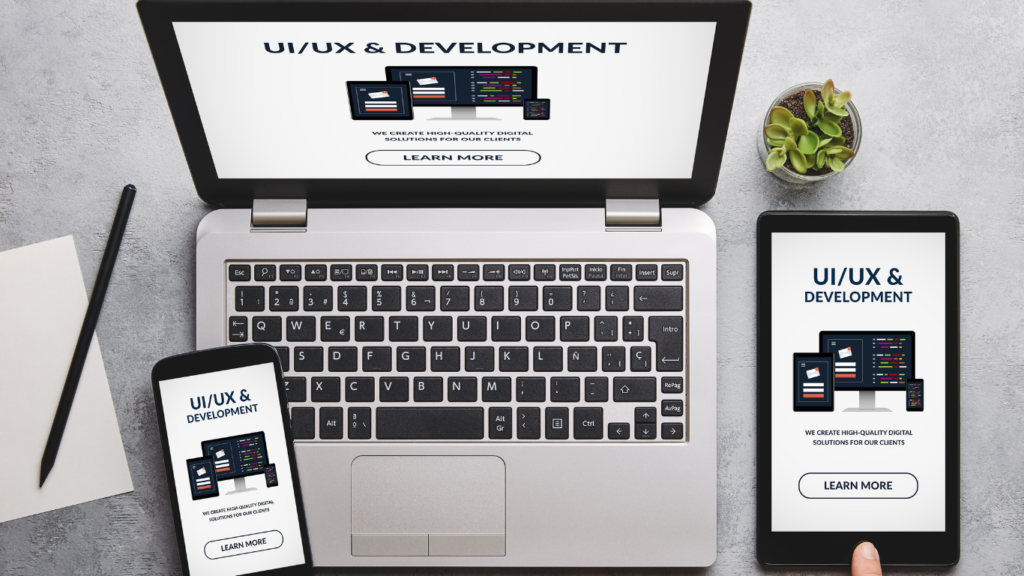
Why is responsive design more important now than ever?
As we approach 2024, the importance of RWD increases for a multitude of reasons:
- Increasing Mobile Usage: More people than ever before are accessing the internet via smartphones and tablets. Responsive Web Design ensures that these users enjoy a wonderful experience no matter where they are.
- Diverse Device Landscape: The range of devices and screen sizes is greater than ever from smartwatches to giant desktop displays. RWD enables websites to properly serve all users, eliminating the need for distinct versions.
- Google’s Mobile-First Indexing: Google now primarily uses the mobile version of content for indexing and ranking. A non-responsive website risks losing search rankings and visibility.
- User Expectation for Seamless Experiences: Today’s users expect websites to load quickly and be easy to navigate on any device. Sites that fail to match these expectations may experience greater bounce rates and lost chances.
- E-commerce Growth: As more people shop online, responsive design becomes increasingly vital for e-commerce websites. A seamless shopping experience across all devices directly influences sales and consumer loyalty.
These points emphasise the growing necessity of flexible site design in creating inclusive and productive online experiences. It is no longer enough to appear excellent on a desktop; it is also necessary to ensure accessibility, engagement, and pleasure for all users, regardless of how they access the internet.

Key Strategies for Responsive Web Design
- Embrace a flexible layout: Consider a grid that can stretch or shrink to match the space it is provided. This adaptability enables all of the elements on a webpage—text, images, and buttons—to realign themselves harmoniously on any screen size.
- Optimise media for all screens: Just as a chameleon changes its colours to blend in with its surroundings, photos and videos on a responsive website modify their size and resolution to look their best on any screen. This tutorial provides practical techniques for optimising media.
- Prioritise User-Friendly Navigation: On smaller screens, complicated menus can be daunting. Simplifying navigation to a few important items, or using a dynamic “hamburger” menu, can greatly improve usability.
- Design with the User in Mind: Understanding how real people interact with your website on various devices is critical. This could include making buttons larger for easy pressing on touch devices or altering text widths and spacing to improve readability.
- Keep performance in mind: A great design isn’t much use if it takes hours to load. Optimising pictures, utilising caching, and minimising code can all help your site load faster, keeping consumers satisfied and interested.
The Road Ahead
The field of responsive design develops in tandem with new developments in technology. The emergence of augmented reality and wearable technology presents additional challenges and opportunities for RWD in the future. Staying ahead means continuously learning, testing, and iterating to ensure that your website not only looks good but also feels right, no matter how it’s accessed.
- Emerging Technologies: Combining wearable technology and augmented reality with RWD promises to offer more immersive and dynamic web experiences.
- Performance and Speed: Efforts to improve website performance and loading times remain top priorities, with an emphasis on speed optimisation to increase user retention.
- Privacy & Security: As worries about digital privacy grow, creating secure and privacy-conscious responsive websites becomes increasingly vital.
Conclusion
Responsive web design highlights how dynamic the internet is and how we interact with it. It is a notion that emphasises adaptability, user-centred design, and technology innovation to provide inclusive digital experiences. In the future, the RWD principles will serve as compass points, guiding us through the vast and ever-changing digital environment. Whether you’re a seasoned developer, a company owner trying to better your online presence, or simply a user who enjoys exploring the web, the essence of RWD affects us all, making our digital experiences more fun and accessible. In 2024 and beyond, embracing these strategies is not just about staying up; it’s about pushing ahead, collectively, into a more connected and responsive digital world.
The post Transform Your Site: Top RWD Strategies for 2024 appeared first on Annexbyte.
]]>The post Top 5 CSS Frameworks in 2021 appeared first on Annexbyte.
]]>Here are the Top 5 CSS Frameworks that you can use to design your websites:
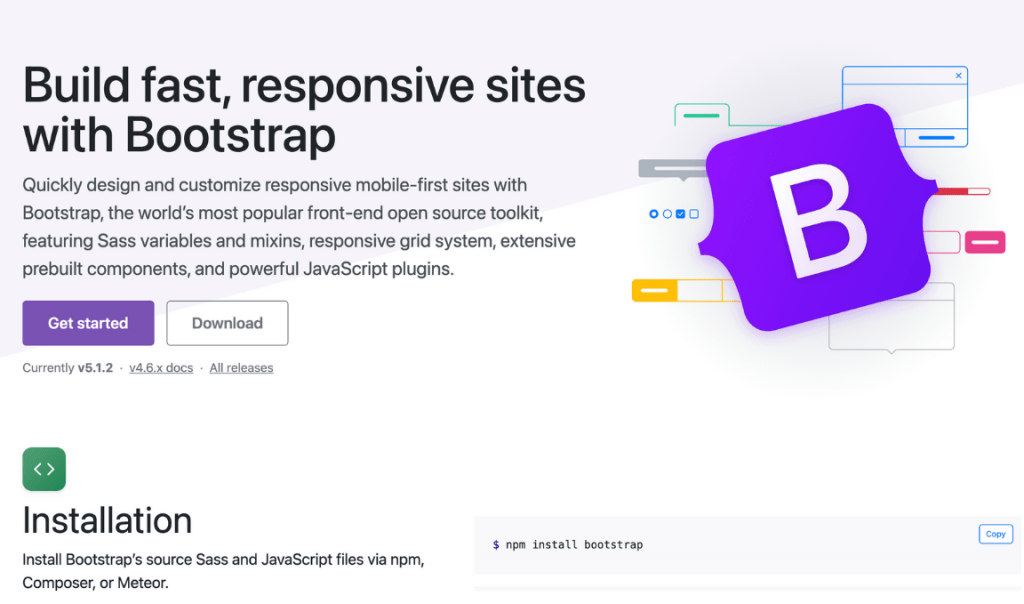
1. Bootstrap
No one can think of writing something about CSS frameworks that wouldn’t include Bootstrap. The framework was introduced by Twitter in mid – 2010 and was initially released in August 2011. Before becoming an open-sourced CSS framework, Bootstrap was a Twitter Blueprint.
Bootstrap is a free and open-source CSS framework that helps you design websites easier and faster. Bootstrap is mainly directed at dynamic, responsive, mobile-first front-end web development. It features CSS and JavaScript-based design templates for user-interface components like typography, forms, buttons, tables, navigation image carousels, etc.
Bootstrap is a robust front-end framework to create modern websites and web apps. It also supports JavaScript extensions.
Benefits:
- Most Popular Front-end Framework
- Fully-featured
- Customizable
- Large community support
Drawbacks:
- Hard to override
- Relies on jQuery
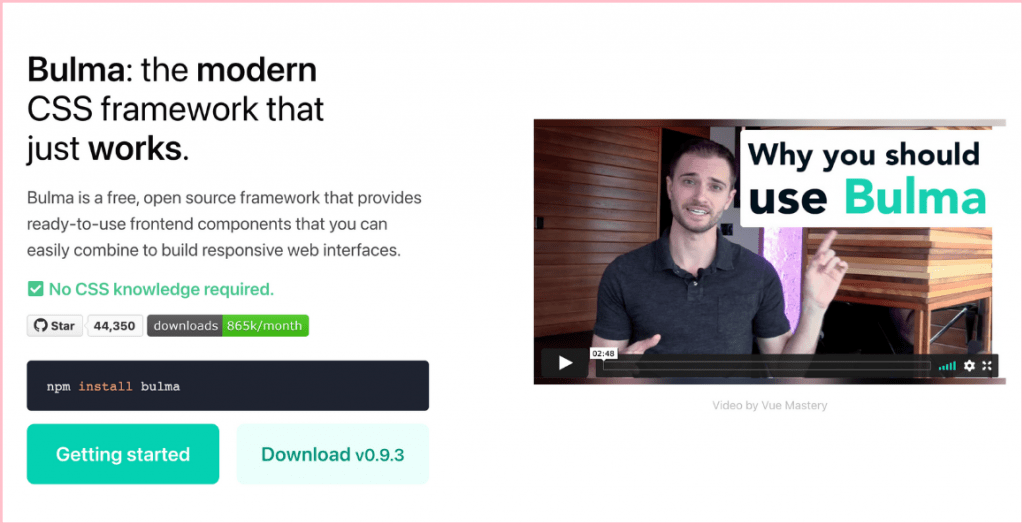
2. Bulma
Bulma is a free, open-source front-end CSS framework that provides ready-to-use front-end components that you can easily combine to build modern, responsive web interfaces. Bulma is based on Flexbox, a CSS3 web layout model used by over 200,000 developers around the globe. The box model makes UI design components and patterns easier by excluding things like CSS floats and percentages.
Benefits:
- Based on Flexbox
- Lightweight
- Simple syntax
- Highly customizable
Drawbacks:
- Still, in the development phase, more stable releases are yet to come.
- Relatively new and small community.
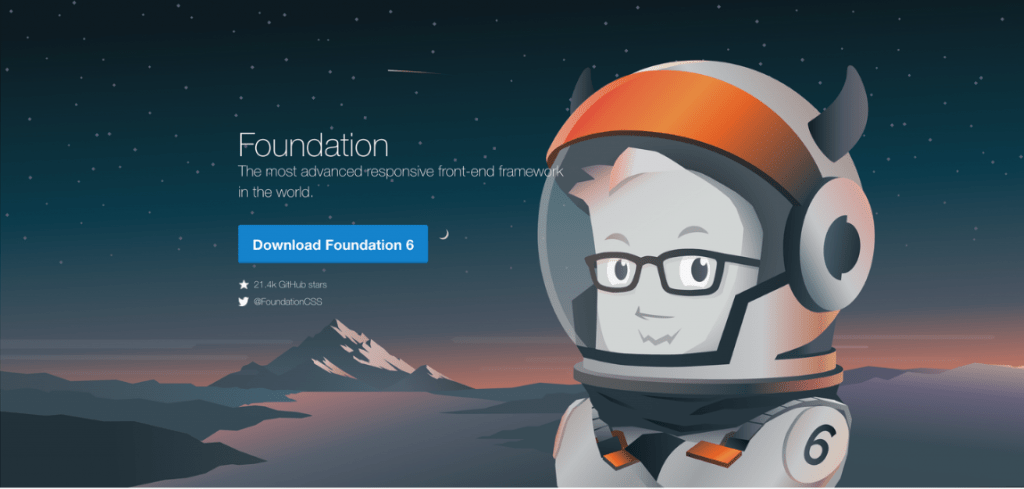
3. Foundation
Foundation is a front-end framework that integrates classic web design languages with other tools to provide a responsive design. Foundation comes up with a responsive grid, HTML, CSS UI components, templates, and code snippets, including typography, forms, buttons, and other user interface elements and optional functionality provided by JavaScript extensions.
Foundation was developed and is maintained by ZURB, a company that works with design and data and is behind many JavaScript and CSS projects. Foundation is not mainly a CSS framework, but it has a lot of other variations as well, and Foundation for Sites is a core framework for developing web pages.
Benefits:
- Featured packed
- Generic style
- Animations
Drawbacks:
- Hard to learn for beginners

4. UI Kit
UI Kit is a modular and lightweight frontend CSS framework for developing fast and potent web user interfaces. It is easy to use and allows you to import only the features that you need for your website. UI Kit provides you with a comprehensive set of HTML, CSS, and JavaScript components. It features themes that are easy to customize and can help you create your own look for the website.
UI Kit is an open-source project developed by YOOThemes. They created this framework using their experience in creating WordPress themes.
UI Kit has more than 17K stars on GitHub and developers mostly choose it because of its clear-cut design and straightforward API.
Some of its key features:
- LESS and SASS
UI Kit is developed in LESS and SASS, which are extended versions of CSS, to write well-structured and extendable code that is easy to maintain.
- Components
It’s a collection of small and responsive components using consistent and conflict-free naming conventions.
- Customizer
UI Kit has a fundamental style that can be extended using themes to customize and create your own look.
- Responsive
UI Kit uses the mobile-first approach to provide a consistent experience on desktops, phones, tablets, etc.
Benefits:
- Plenty of Components
- UI-based Customization
- Extensible
Drawbacks:
- Smaller Community
- Complex for smaller projects
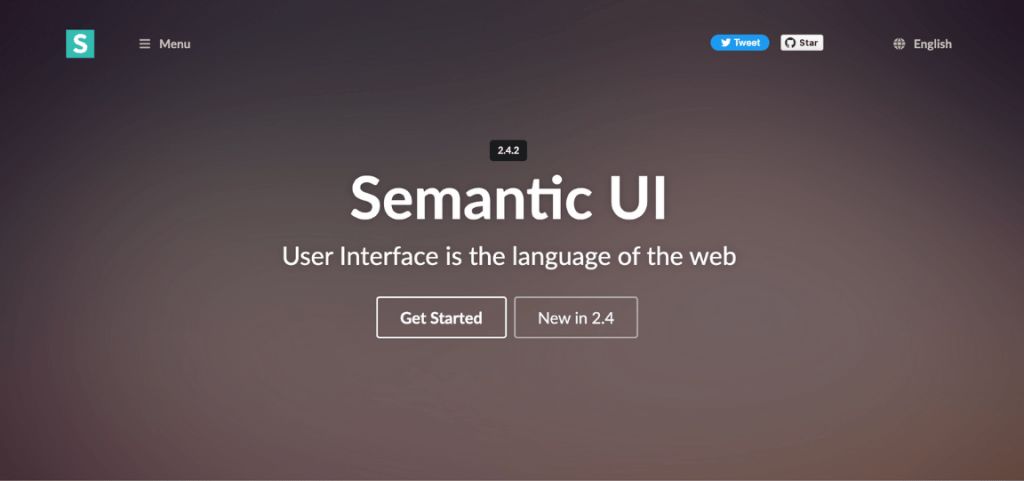
5. Semantic UI
Semantic UI is yet another excellent CSS framework used for the front-end development of websites, developed by Jack Lukic in 2013. It features prebuilt semantic components that are very helpful in creating a pleasant, aesthetic, responsive interface using clear and friendly HTML syntax. Semantic UI is developed using Natural Language Processing (NLP) principles, and it’s powered by jQuery and LESS, due to which it provides a sleek and subtle look of the layout. It is also the reason behind Semantic UI providing a lightweight user experience.
There are 118 big companies reportedly using Semantic UI in their technology stacks, including Snapchat, Kmong, Accenture, etc.
Benefits:
- Modern front-end development framework powered by jQuery and LESS
- High Level of Customization
- Easy to start and understand due to its Semantic Nature.
- Incredible prebuilt designs and modern templates
Drawbacks:
- JavaScript-dependent features. (one must be familiar with JavaScript to resolve any issues).
- Using too many components can increase the size of the project, and compatibility issues might occur.
The post Top 5 CSS Frameworks in 2021 appeared first on Annexbyte.
]]>